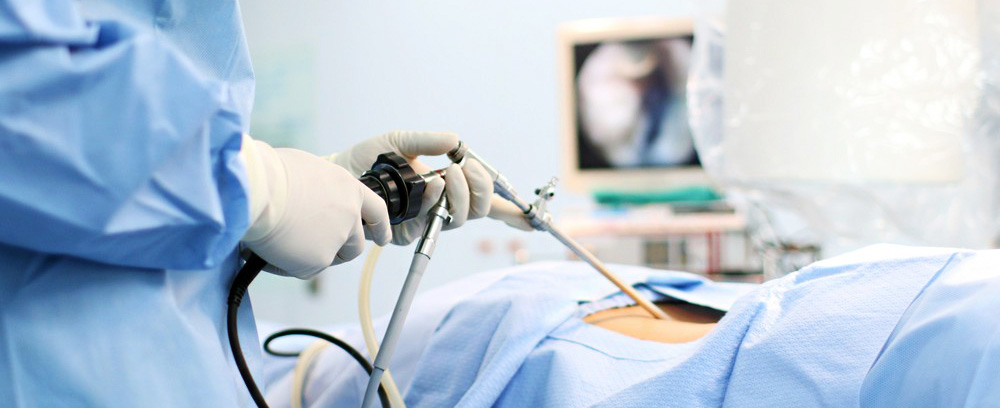Overview
Laparoscopy and hysteroscopy are both minimally invasive surgical procedures used to diagnose and treat various gynecological conditions. Here's an overview of each:
Laparoscopy
Procedure: Laparoscopy is a surgical technique that involves making small incisions (usually 0.5 to 1.5 cm) in the abdominal wall through which a laparoscope (a thin, lighted tube with a camera) and other specialized surgical instruments are inserted.
Purpose
- Diagnosis: It is often used to investigate and diagnose conditions such as endometriosis, pelvic inflammatory disease, and ovarian cysts.
- Treatment: Some surgical procedures can be performed during laparoscopy, including removal of ovarian cysts, treatment of endometriosis, and addressing conditions like ectopic pregnancy.
Advantages
- Minimally Invasive: Compared to traditional open surgery, laparoscopy involves smaller incisions, resulting in less pain and faster recovery.
- Reduced Scarring: The small incisions typically lead to smaller scars compared to traditional surgery.
Recovery
- Patients often experience a shorter hospital stay and a quicker recovery time compared to open surgery.
- Some discomfort and swelling around the incision sites are common, but this usually resolves within a few days.
Hysteroscopy
Procedure: Hysteroscopy involves inserting a hysteroscope (a thin, lighted tube with a camera) through the cervix and into the uterus. The procedure may be done for diagnostic or operative purposes.
Purpose:
- Diagnosis: Hysteroscopy is used to visualize the inside of the uterus, identify abnormalities such as polyps or fibroids, and investigate causes of abnormal bleeding.
- Treatment: Certain conditions can be treated during hysteroscopy, such as removing polyps, fibroids, or performing endometrial ablation for heavy menstrual bleeding.
Advantages:
- Minimally Invasive: Similar to laparoscopy, hysteroscopy is a minimally invasive procedure with a lower risk of complications compared to traditional open surgery.
- Outpatient Procedure: Many hysteroscopies are done on an outpatient basis, and patients can often resume normal activities relatively quickly.
Recovery:
- Recovery is usually quick, with minimal discomfort.
- Some patients may experience light bleeding or cramping after the procedure.
Contact Us
For more information please contact Laxmi Advanced Womencare @ +91-7304075735 / charmithakker@yahoo.com
